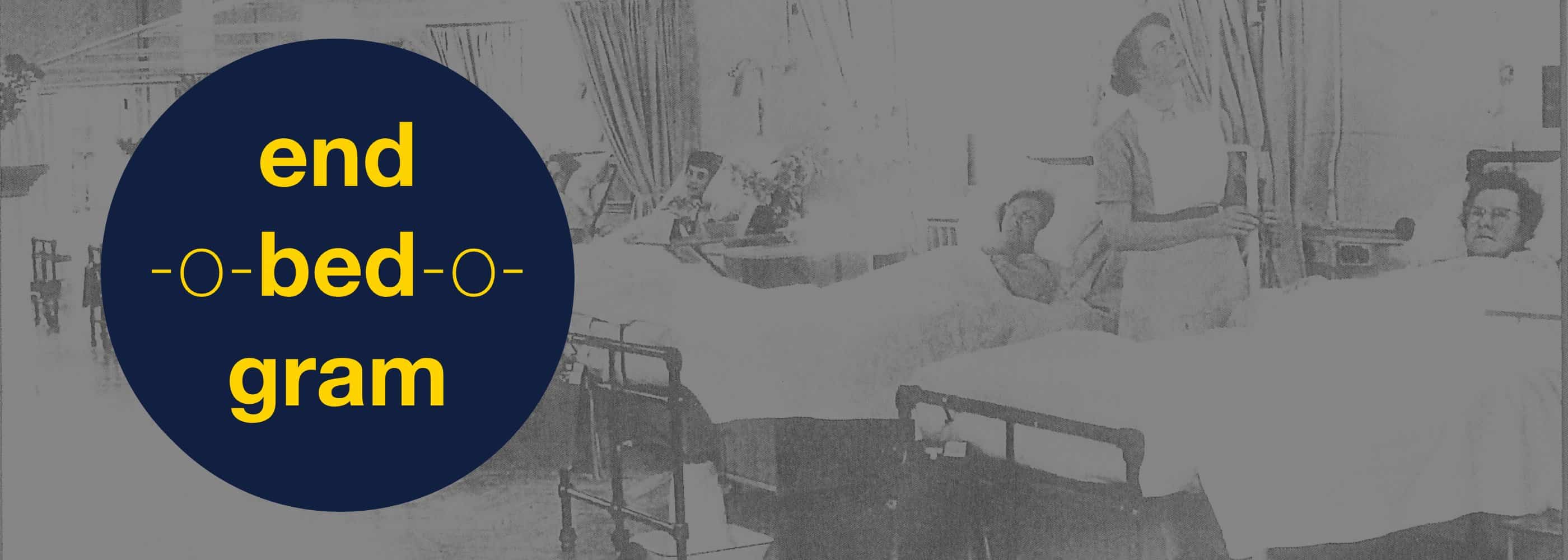If you have been practicing for the hot case part of the Fellowship exam (now called the CICM Second Part), you’ll have experienced the cold sweat that breaks out after you’ve been given the patient introduction and your target questions and then stood at the end of the patient’s bed surveying the scene and thought ….
“Ah crap, I can’t work out what’s going on here.”
- What’s that infusion?
- Can I figure out the ventilator settings?
- Should I commit to a 5 minute a neurological exam up front or is the money somewhere else?
- What was I asked to do?
You are not alone!
Over the coming months we will be releasing a series of end-of-the-bed surveys of critically ill patients who would be considered for inclusion when assembling an exam Hot Case list. You will need to enter the password to access the videos which goes out on each issue of the ICN Newsletter, to which you can subscribe at the bottom of this page.
The advice that most of us received as undergraduates, but since forgot, is still good. Stand at the end of the bed, take 60 seconds or so and see what you can put together. Fairly frequently you’ll find you can work out most of what is going on from this alone. Then you can target your clinical examination towards the high-yield findings and begin to formulate your answers.
So we have started to put together a series of short videos tackling some of the common exam Hot Cases and focussing on that initial end of the bed sweep. As best as possible we have tried to use exam language and an exam set up to help you get into the role on the big day. We are aiming to release one video a month for now, but that may become more frequent in the future.
Each case consists of a question video and an answer video. The question video is roughly 90 seconds long, during which there is a sweep across the patient and the surroundings, as well as some targeted questions to answer. The answer video goes through the same video sequence highlighting salient features and piecing them together to construct the full pattern, with a voice-over commentary by Arvind Rajamani (Intensivist at Nepean Hospital ICU and convenor of The Sydney Written Course).
At the end of each case is a link to a short questionnaire whose purpose is to assist you to formulate a logical approach to using this valuable initial end-of-the-bed assessment. The questionnaire is not mandatory but you may find it helpful to work through it.
Good luck
Arvind & Matthew
























